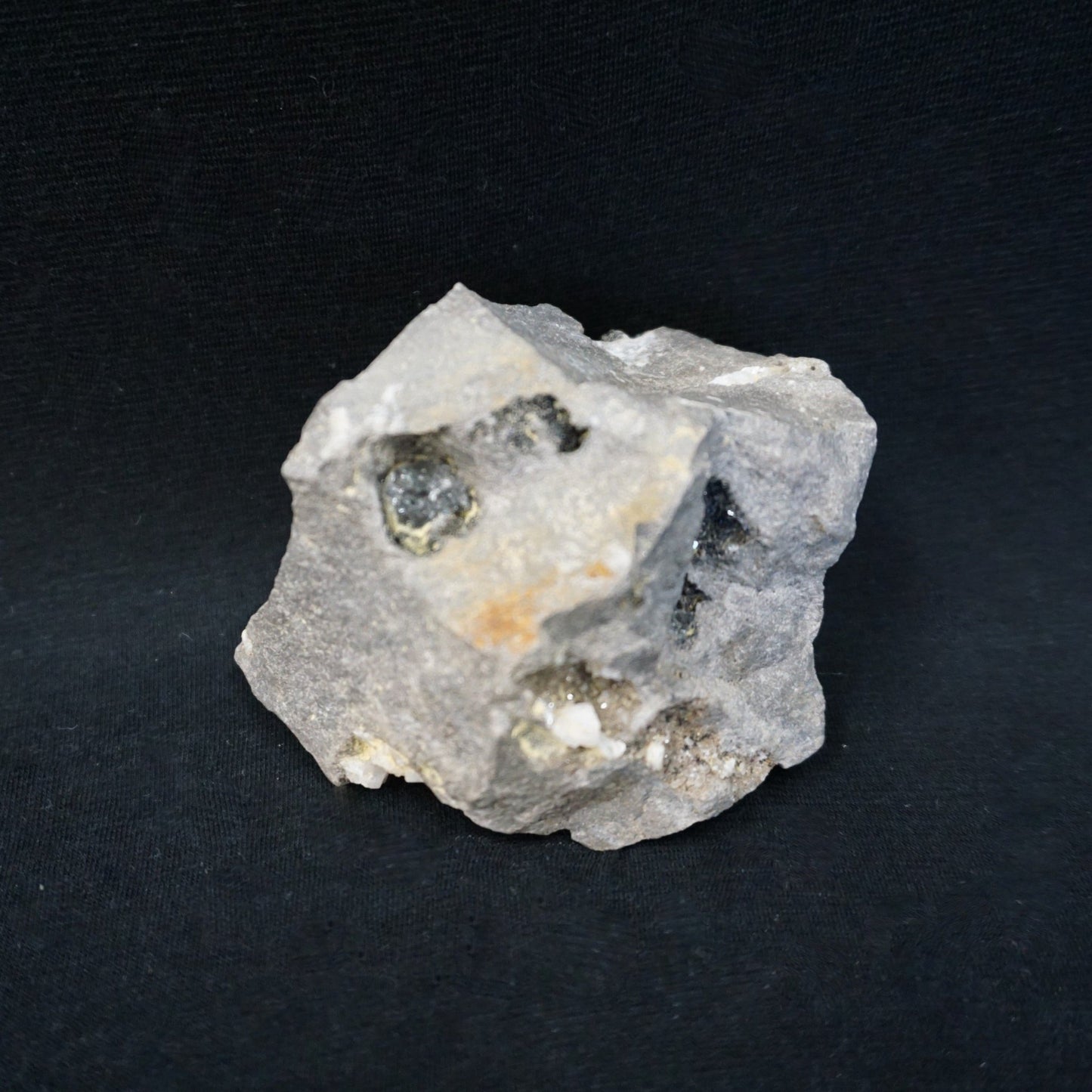1
/
of
2
Ron Coleman Mining
Herkimer On Druzy Quartz Crystal Matrix
Herkimer On Druzy Quartz Crystal Matrix
Regular price
$47.50 USD
Regular price
Sale price
$47.50 USD
Shipping calculated at checkout.
Quantity
Couldn't load pickup availability
Metaphysically Herkimer Diamonds are known for aiding in dreams, meditation, and purifying energy. A truly unique addition to any collection.
This is a gorgeous formation of clear "Herkimer Diamonds" on a druzy quartz crystal encrusted matrix which really gives this specimen some sparkle. Herkimer diamonds are peppered across the matrix. Most people are accustomed to seeing Herkimer's free from the matrix, so these ones in matrix make for an interesting specimen.
Herkimer diamonds are not actual diamonds, but rather double terminated quartz crystals found in and around Herkimer County, NY. The diamond in the names from not only their exceptional clarity but also because they look naturally faceted when found. Only these crystals found in Herkimer County, New York can be called "Herkimer Diamonds". Similar double terminated quartz crystals have also been found in abundance in Tibet and Afghanistan, but these are not true Herkimer Diamonds.
The geologic history of these crystals began 495 million years ago in a shallow sea. Waxy organic material along with quartz sand and pyrite was encased in rock made of dolomite and calcite. As sediment buried the rock and temperatures rose, crystals grew very slowly, resulting in quartz crystals of exceptional clarity. Inclusions can be found in these crystals that provide clues to the origins of the Herkimer diamonds: solids, liquids (salt water or petroleum), gases (most often carbon dioxide), two- and three-phase inclusions, and negative (uniaxial) crystals.
Herkimer diamonds are not actual diamonds, but rather double terminated quartz crystals found in and around Herkimer County, NY. The diamond in the names from not only their exceptional clarity but also because they look naturally faceted when found. Only these crystals found in Herkimer County, New York can be called "Herkimer Diamonds". Similar double terminated quartz crystals have also been found in abundance in Tibet and Afghanistan, but these are not true Herkimer Diamonds.
The geologic history of these crystals began 495 million years ago in a shallow sea. Waxy organic material along with quartz sand and pyrite was encased in rock made of dolomite and calcite. As sediment buried the rock and temperatures rose, crystals grew very slowly, resulting in quartz crystals of exceptional clarity. Inclusions can be found in these crystals that provide clues to the origins of the Herkimer diamonds: solids, liquids (salt water or petroleum), gases (most often carbon dioxide), two- and three-phase inclusions, and negative (uniaxial) crystals.
Silicon Dioxide, also known as SiO2 or Quartz, is the second most abundant mineral in the Earth's crust. Quartz crystals generally grow in silica-rich, hot watery solutions called hydrothermal environments, at temperatures between 100°C and 450°C, and usually under very high pressure. Quartz veins are formed when open fissures are filled with hot water during the closing stages of mountains forming and can be hundreds of millions of years old.
Cleaning Instructions: You can gently clean this with a soft bristled paint brush.
Shipping Terms: Your order will be carefully packed and shipped via USPS or UPS within 3 weekdays upon completed check out.
Share




